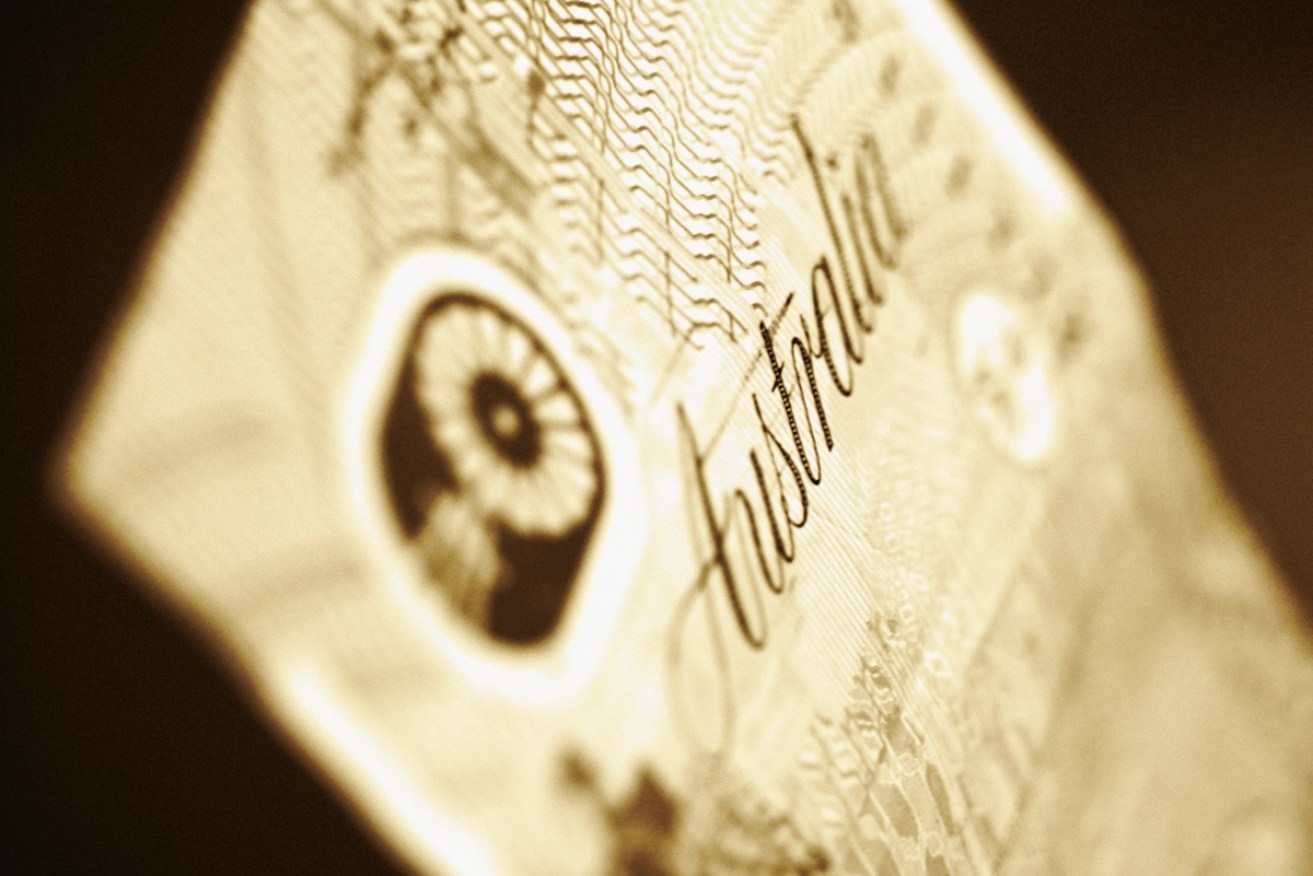Budget 2017: Morrison’s only surplus will be his unwarranted optimism about wage growth


Prices are running ahead of wage increases, leaving many families struggling. Photo: Getty
Five days out from the federal budget, Treasurer Scott Morrison is already being told by one economist that his numbers won’t add up – particularly the income tax revenue he hopes to reap after we all get lovely pay rises.
Australian National University economist Bob Gregory has pointed out that tax revenue forecasts have been over-optimistic for nine years running.
And since the budget would look horrible without inflating those forecasts, he’s fairly sure Mr Morrison will have done just that.
The Treasurer certainly did it last year. The May budget forecast wages growth of 2.5 per cent through to June 2017.
That figure was revised down to 2.25 per cent in December’s mid-year budget update.
However, based on the September and December quarters of last year, wage inflation is now expected to come in at around 1.9 per cent for the full financial year.
That’s not enough to get the budget deficit down or to meet the government’s ‘trajectory’ back to surplus.
Indeed, with CPI inflation running at 2.1 per cent, many households will be feeling more like they’ve had a pay cut.
This trend may drag on for some time.
Not only is private sector wage inflation (1.8 per cent) lower than for public servants (2.3 per cent), but many small and medium-sized businesses stand accused of borrowing, or even stealing, their workers’ superannuation payments to keep their heads above water. That’s not the kind of business that splashes pay rises around.
So both household budgets and the federal budget are under pressure due to sluggish wage growth.
The federal budget, handed down on May 9, will almost certainly gloss over this problem through a combination of fudged pay-rise forecasts, and by placing heavy emphasis on the ‘not terrible’ unemployment rate of 5.9 per cent.
While the latter figure sometimes means a lot, at present its highly misleading. It fails to capture the struggles households are facing due to cutbacks in hours worked.
So even if your pay rate exceeds inflation, your pay packet may be going backwards.
Data released by the Bureau of Statistics on Wednesday shows that in the last full year of data available, average total pay for men did not change a jot – it was steady at $1420 per week. Once inflation is accounted for, that’s a ‘real’ pay cut of around 4 per cent.
Average total pay for women did rise a pleasing 4.3 per cent over the quarter, though that number was boosted by increases higher up the pay scale.
To get a better view of how everyday households are faring, the median figure is much more useful – and that shows men’s pay flat, again, and women’s pay up by a more modest 3.5 per cent.
These are important figures – much more important than the fig-leaf unemployment rate the government will highlight on Tuesday – because they feed into private sector spending.
Perhaps even more importantly, the combination of slim pay rises and falls in the number of hours worked will leave even more households struggling with mortgage stress.
So on Tuesday there are two near-certainties.
First, that the Treasurer will talk up the number of ‘jobs created’ and ‘under-control unemployment’ as signs things are getting back on track.
Second, that a large number of media reports will be swept up in that optimism and neglect to mention the falls in real income affecting so many households.
The problem for the government, as demonstrated by last year’s Trump revolution, is that an ongoing disconnect between economic figures and lived experience can’t last long these days.
When people are hurting, there’s not much point telling them they’re not. Otherwise, they’re liable to turn around on election day and hurt the politicians back.








